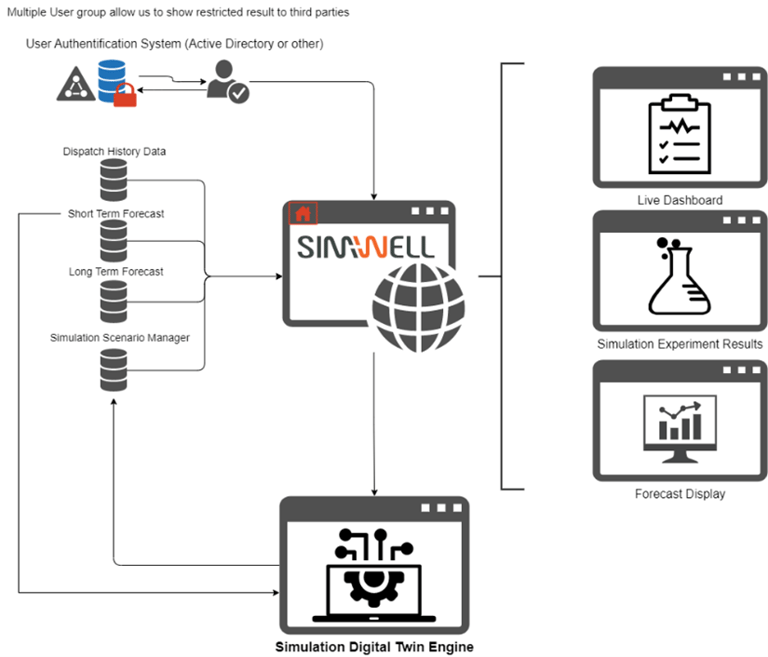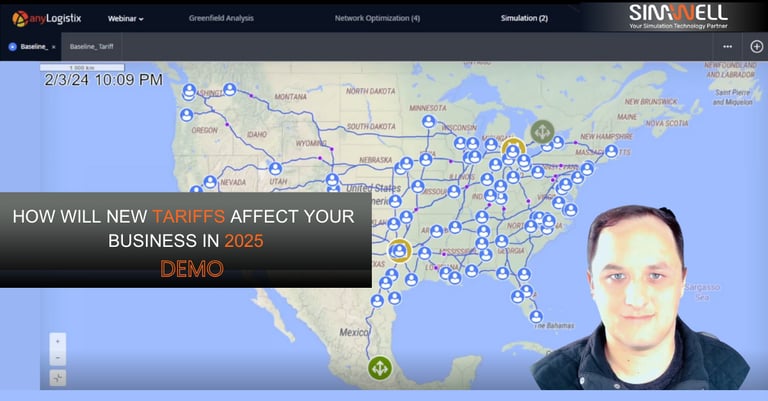Summary
Whether it is a Gartner Supply Chain research or Worldwide supply chain survey from Geodis, you will notice the major concern for supply chain leaders is increase in supply chain complexity and supply chain disruptions. It has become even worse with additional volatility of issues and unforeseeable events like COVID-19, Suez Canal obstruction, and many more.
Over the years, companies have been heavily investing on technology to efficiently deal with supply chain complexities and disruptions. A few points of focus from Gartner’s article on Supply Chain Technology 2022 to consider would be:
- While supply chain technologies are mostly top of mind for leaders, technologies that improve human decision-making and manage assets at the edge are areas of focus.
- By 2026, more than 75% of commercial supply chain management application vendors will deliver embedded advanced analytics (AA), artificial intelligence (AI), and data science.
- Through 2026, 80% of companies will suffer significant value loss due to a failure to merge their digital supply chain twin.
SimWell, being a leader in Simulation and AI, considers all these supply chain complexities and disruptions effectively while creating the digital replicas of supply chains by using the power of simulation and AI thus taking a step forward in creating autonomous supply chain systems
In this article we briefly showcase one of the complex supply chain solutions built leveraging Simulation and AI to efficiently plan for supply chain replenishments. The solution is built using AnyLogic for simulating the supply chains and Microsoft Bonsai AI to make optimal decisions while planning the replenishments
Challenge
As supply chains grow larger, the process of replenishment planning becomes more complex due to the introduction of numerous factors, options, and alternatives. These elements need to be considered to determine the best possible replenishment strategy.
A large set of variables like forecast accuracy, lead time, fulfillment costs, product availability, carrier availability, capacities, service level requirements, batch size requirements, risks and volatilities, product life cycle etc. have high impact on replenishment planning.
Specifically, we are looking at answering the questions such as when to order, what to order, how much to order, and from where to order.
A good replenishment plan should, in a timely and convenient way to:
- Minimize the stock outs and overstocking
- Minimize the shipping and carrying costs
- Minimize the stock transfers and ad-hoc stock movements
- Minimize stocking of near expiries and write-off
Most organizations handle this problem by using a mathematical policy-based approach from a simple min-max to more periodic forecasting checking MRP policies. They create a set of rules that determine when to order the inventory (for example a min-max rule) and use heuristics to determine the best allocation plans. The policies are reviewed and adjusted periodically.
The supply chain leaders of today are going beyond traditional methods and building ML-based demand planning algorithms and complex replenishment planning optimizers that take multiple factors (might not be an exhaustive list) into account to create an optimal replenishment plan.
The current disruptions and unpredictability of today's supply chain landscape have resulted in impacts on supply, demand, and lead times. Thus, the above approaches need consistent human interventions and policy parameter/algorithmic upgrades to align with changing environments leading to increase in human touch points and thereby requiring more changes and decisions that may more likely create sup-optimal results and in some cases cause a bullwhip effect.
Visualizing the performance of these plans generated considering all the volatilities and risks is not fully possible as most of the current enterprise planning software at best, provide what-if scenario projections (like pessimistic, optimistic, and most likely) without realizing the probability of occurrence of those scenarios and amount of preparedness required for their occurrence.
Solution
The solution is built using simulation and AI based approach to tackle this problem. The AI learns the replenishment strategy using the supply chain's digital twin, considers all the available options, and recommends the best replenishment plan by continuously adjusting to the ever-changing supply chain dynamics.
.png?width=793&height=323&name=AL_RL%20(1).png)
The AI is powered by a reinforcement learning-based solution developed by Microsoft Bonsai. Using the supply chain digital twin, the AI can predict the impact of any disruption such as when, which products and which nodes in the supply chain will be impacted. Our solution can then suggest the best set of actions to mitigate or minimize the impact of the disruption.
With this solution the human touch point shifts from updating/adjusting the plans or factors to teaching their experience to AI, thus augmenting the AI decision-making.
.png?width=1684&height=756&name=MicrosoftTeams-image%20(51).png) Diagram: A high-level design that describes how we combine the power of simulation and AI to derive dynamic and optimal replenishment plans can be seen below:
Diagram: A high-level design that describes how we combine the power of simulation and AI to derive dynamic and optimal replenishment plans can be seen below:
Results
The solution provides a simple and easily understandable user interface, end-to-end visibility of the organizational supply chain and considers all other plans and simulates them with all the volatilities and risks present and provides the replenishment plan with a bunch of prescriptive actions, if the supply cannot match demand through regular means.
We Can Help
If you are interested in how to use simulation in your business you can book a call. The SimWell team will be excited to learn more about your operation and challenges and answer your questions on simulation.






